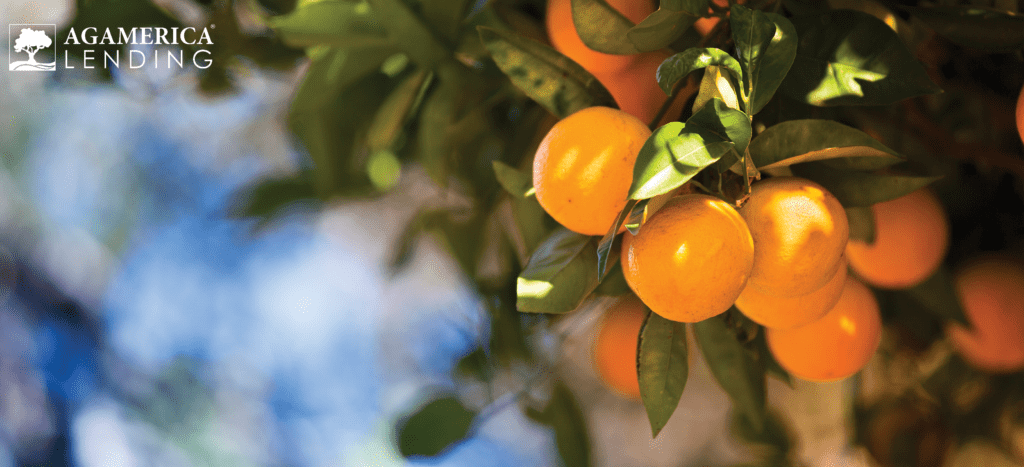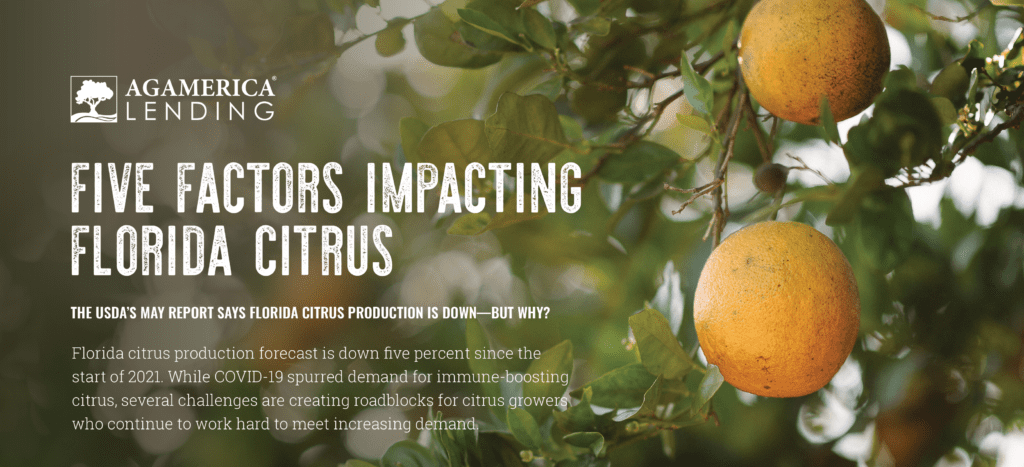SUPPLY CHAIN DISRUP TIONS
• With consumers engaging in pandemic pantry preparation, the demand for OJ surged 13 percent in mid-March 2020.
• While demand is there, increasing costs of fertilizer, insecticides, and transportation are creating higher input costs for Florida growers and making it harder for them to compete with global competitors.
GLOBAL COMPETITION
• In 2019, it was estimated that Brazil and Mexico exported between 145-164 million gallons of frozen concentrate and not from concentrate OJ, well over the current market demand.
• Excessive global imports have suppressed Florida grower prices in subsequent seasons.
FARM L ABOR
• Border restrictions in 2020 further compounded the issue of farm labor shortages in the U.S.
• Florida growers faced increasing demand with limited access to skilled labor.
• While useful to many, the H-2A program is a complicated and expensive process, adding pressure to grove owners who are looking to secure adequate labor during peak seasons.
DISEASE AND PESTS
• Florida commercial citrus acreage shrank to 419,542 acres as of the 2019-2020 growing season—a 44 percent decline from the 748,555 acres in 2004, prior to citrus greening disease being discovered in the U.S.
• The drop rate for Valencia oranges increased five percent from 2019 to 2020.
• Potential solutions include advanced nutritional supplements, reflective mulch, heat treatments, bactericides, and biotechnologies.
ADVERSE WEATHER
• The Florida citrus belt is centered at a crossroads of severe storms that come from the Atlantic Ocean and Gulf of Mexico.
• In 2017, Hurricane Irma destroyed tens of thousands of trees, resulting in an estimated 50 percent decline in the 2017-2018 Florida citrus crop.
• The areas of Florida citrus production that experienced the largest rates of decline were where Irma had the greatest impact.


